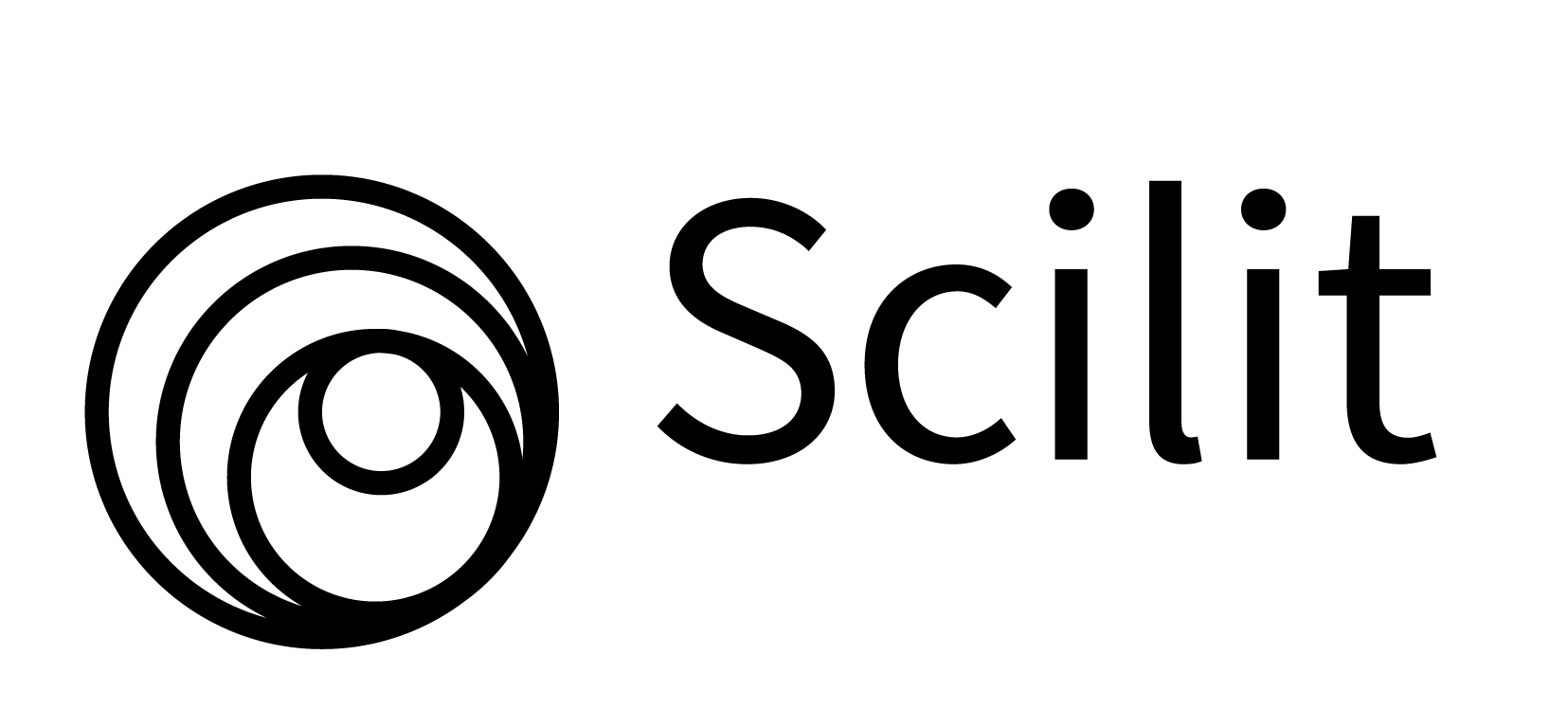Acoustic characterization of Abaca Wool as a natural sound absorber: experimental and simulation approach
Abstract
The increasing environmental and health concerns associated with synthetic sound-absorbing materials such as rockwool and fiberglass—due to their non-biodegradable nature and potential respiratory hazards—have prompted the exploration of sustainable alternatives. This study introduces Abaca-wool, a bio-based acoustic material derived from abaca banana fibers (Musa textilis) engineered to mimic the structure of mineral wool. The research aimed to evaluate the acoustic performance of Abaca-wool through both experimental measurements and numerical simulations, while examining the influence of fiber morphology on sound absorption. The fabrication process involved alkaline treatment with 15% NaOH, followed by sequential wet and dry refining to produce a randomly entangled, porous structure. Microscopic analysis revealed micro-diameter fibers and high porosity (~93%), which are critical for enhancing viscoelastic interactions between air particles and fiber walls. Key physical parameters—density and airflow resistivity (64.117 kPa·s/m²)—were measured to support numerical modeling using AFMG SoundFlow. Experimental results using the two-microphone impedance tube method showed high absorption coefficients, peaking at 0.89 at high frequencies and 0.83 at around 1000 Hz. The observed performance is attributed to optimized fiber morphology, which facilitates energy dissipation through friction and acoustic scattering. Numerical simulations exhibited good agreement with experimental data, with minor deviations linked to the homogeneous assumptions in the model. Overall, Abaca-wool demonstrates excellent potential as a biodegradable, low-density, and high-performance acoustic material, offering a viable and environmentally responsible alternative to conventional synthetic absorbers.
Keywords
Full Text:
PDFReferences
AFMG. (n.d.). AFMG SoundFlow Software. Retrieved April 30, 2025, from https://www.afmg.eu/en/afmg-soundflow
Allard, J. F., Henry, M., Boeckx, L., Leclaire, P., & Lauriks, W. (2005). Acoustical measurement of the shear modulus for thin porous layers. The Journal of the Acoustical Society of America, 117(4), 1737–1743. https://doi.org/10.1121/1.1868392
Asdrubali, F., D’Alessandro, F., & Schiavoni, S. (2015). A review of unconventional sustainable building insulation materials. Sustainable Materials and Technologies, 4, 1–17. https://doi.org/https://doi.org/10.1016/j.susmat.2015.05.002
Balai Penelitian Tembakau dan Tanaman Serat. (1998). BUDI DAYA TANAMAN ABACA (Musa textilis NEE). 23. http://repository.pertanian.go.id/bitstream/handle/123456789/12886/Budi Daya Tanaman Abaca (Musa textilis NEE).pdf?sequence=1
Barba, B., Madrid, J., & Penaloza, D. (2020). A Review of Abaca Fiber-Reinforced Polymer Composites : Different Modes of Preparation and Their Application. J. Chil. Chem. Soc., 3(65), 4919–4924.
Bravo-Moncayo, L., Argotti-Gómez, M., Jara, O., Puyana-Romero, V., Ciaburro, G., & Guerrero, V. H. (2024). Thermo-Acoustic Properties of Four Natural Fibers, Musa textilis, Furcraea andina, Cocos nucifera, and Schoenoplectus californicus, for Building Applications. Buildings, 14(8). https://doi.org/10.3390/buildings14082265
Chen, Y., & Zhang, K. (2018). Effect of fiber surface treatment on structure, moisture absorption and mechanical properties of luffa sponge fiber bundles. Industrial Crops and Products.
Cozeny-Carman. (1956). Flow of gases through porous media.
Fatima, S., & Mohanty, A. R. (2011). Acoustical and fire-retardant properties of jute composite materials. Applied Acoustics, 72(2), 108–114. https://doi.org/https://doi.org/10.1016/j.apacoust.2010.10.005
Gassan, J., & Bledzki, A. K. (1999). Alkali treatment of jute fibers: Relationship between structure and mechanical properties. Journal of Applied Polymer Science,.
Geslain, A., Dazel, O., Groby, J.-P., Sahraoui, S., & Lauriks, W. (2011). Influence of static compression on mechanical parameters of acoustic foams. The Journal of the Acoustical Society of America, 130, 818–825. https://doi.org/10.1121/1.3605535
GmbH, A. T. (2021). AFMG SoundFlow User Manual (V1.3).
Habibie, S., Suhendra, N., & Roseno, S. (2021). Serat Alam Sebagai Bahan Komposit Ramah Lingkungan. Jurnal Inovasi Dan Teknologi Material, 5(1), 55. https://doi.org/10.30595/civeng.v5i1.17879
Indrawati, S., Yuwana, L., & Zainuri, M. (2024). Abaca Fiber as a Potential Reinforcer for Acoustic Absorption Material at Middle-High Frequencies. Journal of Renewable Materials, 12(5), 909–921. https://doi.org/https://doi.org/10.32604/jrm.2024.048452
Jiménez, L., Ramos, E., Rodríguez, A., De La Torre, M. J., & Ferrer, J. L. (2005). Optimization of pulping conditions of abaca. An alternative raw material for producing cellulose pulp. Bioresource Technology, 96(9), 977–983. https://doi.org/10.1016/j.biortech.2004.09.016
John, M. J., & Thomas, S. (2008). Biofibres and biocomposites. Carbohydrate Polymers, 71(3), 343–364. https://doi.org/https://doi.org/10.1016/j.carbpol.2007.05.040
Kabir, M. M., Wang, H., Lau, K. T., & Cardona, F. (2012). Chemical treatments on plant-based natural fibre reinforced polymer composites: An overview. Composites Part B: Engineering, 43(7), 2883–2892. https://doi.org/https://doi.org/10.1016/j.compositesb.2012.04.053
Khotimah, K., Susilawati, S., & Soeprianto, H. (2014). Banana Fiber Composite (SBP) - Epoxy As A Sound Absorbent Material. https://api.semanticscholar.org/CorpusID:139264563
Lacuna-Richman, C. (2002). The role of abaca (Musa textilis) in the household economy of a forest village. Small-Scale Forest Economics, Management and Policy, 1(1), 93–101. https://doi.org/10.1007/s11842-002-0007-x
Mamtaz, H., Fouladi, M., Al-Atabi, M., & Namasivayam, S. (2016). Acoustic Absorption of Natural Fiber Composites. Journal of Engineering, 2016, 1–11. https://doi.org/10.1155/2016/5836107
Raj, M., Fatima, S., & Tandon, N. (2021). Prediction of Acoustical Performance with and Without Airflow Resistivity of Fibrous Natural Materials BT - Recent Developments in Acoustics (M. Singh & Y. Rafat (eds.); pp. 149–160). Springer Singapore.
Rey, R., Uris, A., Fernandez, J., & Candelas, P. (2017). Characterization of Sheep Wool as a Sustainable Material for Acoustic Applications. Materials, 10, 1277. https://doi.org/10.3390/ma10111277
Señeris, G. T., Vedasto, E. P., Teodosio, M. M., Ragaas, M. L., & Teodosio, L. J. (2022). Morphological Characteristics of Abaca (Musa textilis Nee’) Cultivars Grown in Two Municipalities of Aklan, Philippines. Universal Journal of Agricultural Research, 10(2), 175–183. https://doi.org/10.13189/ujar.2022.100209
Taiwo, E. M., Yahya, K., & Haron, Z. (2019). Potential of Using Natural Fiber for Building Acoustic Absorber: A Review. Journal of Physics: Conference Series, 1262(1), 12017. https://doi.org/10.1088/1742-6596/1262/1/012017
Yang, H., Yan, R., Chen, H., Lee, D. H., & Zheng, C. (2007). Characteristics of hemicellulose, cellulose and lignin pyrolysis. Fuel, 86(12), 1781–1788. https://doi.org/https://doi.org/10.1016/j.fuel.2006.12.013
Yang, T., Hu, L., Xiong, X., Petrů, M., Noman, M. T., Mishra, R., & Militký, J. (2020). Sound Absorption Properties of Natural Fibers: A Review. In Sustainability (Vol. 12, Issue 20). https://doi.org/10.3390/su12208477
Zulkifli, R., Name, Z., & Mohd Nor, J. (2010). Noise Control Using Coconut Coir Fiber Sound Absorber with Porous Layer Backing and Perforated Panel. American Journal of Applied Sciences, 7. https://doi.org/10.3844/ajassp.2010.260.264
DOI: https://doi.org/10.31764/orbita.v11i1.31065
Refbacks
- There are currently no refbacks.

This work is licensed under a Creative Commons Attribution-ShareAlike 4.0 International License.
______________________________________________________
ORBITA: Jurnal Pendidikan dan Ilmu Fisika
p-ISSN 2460-9587 || e-ISSN 2614-7017
This work is licensed under a Creative Commons Attribution-ShareAlike 4.0 International License.
EDITORIAL OFFICE:


























